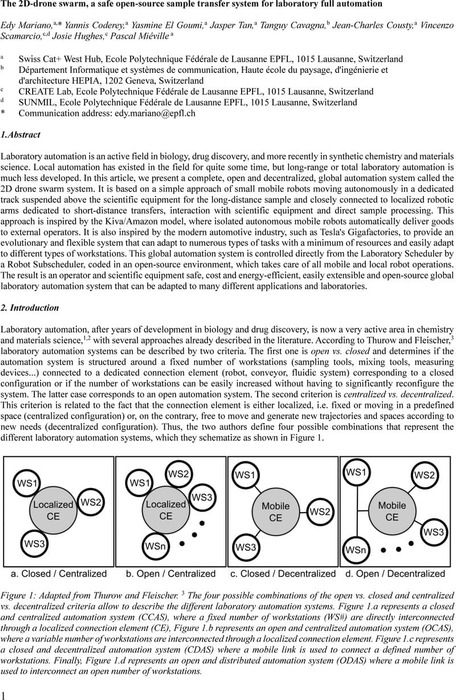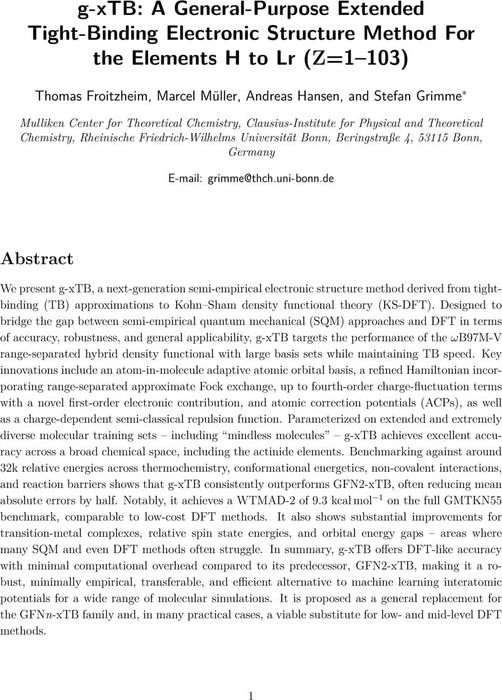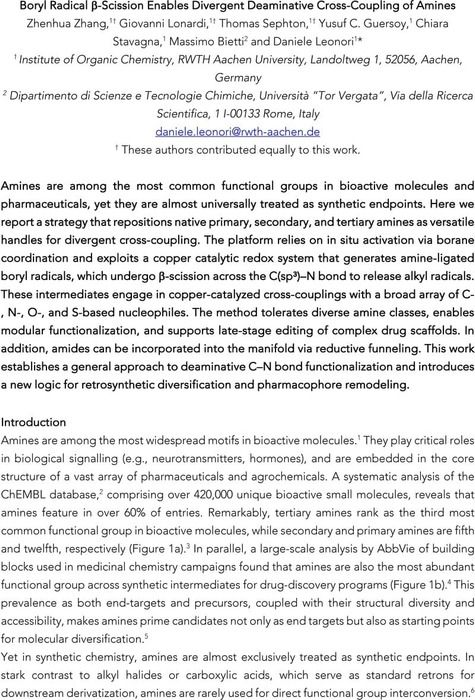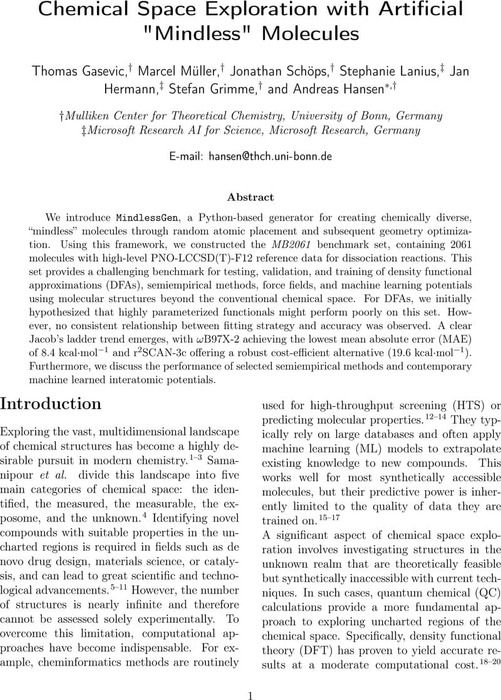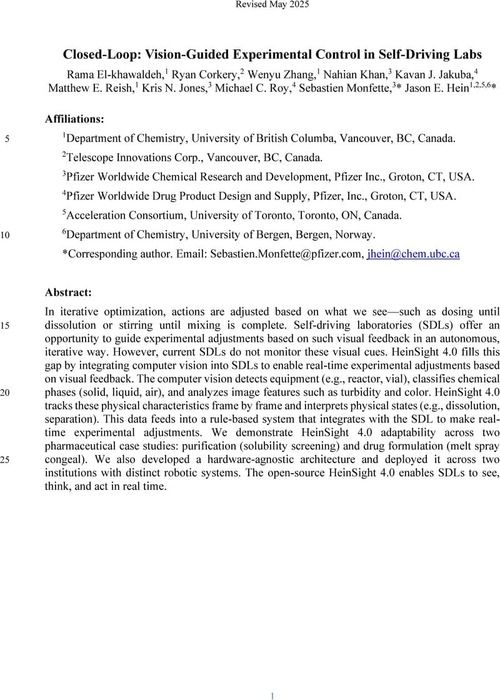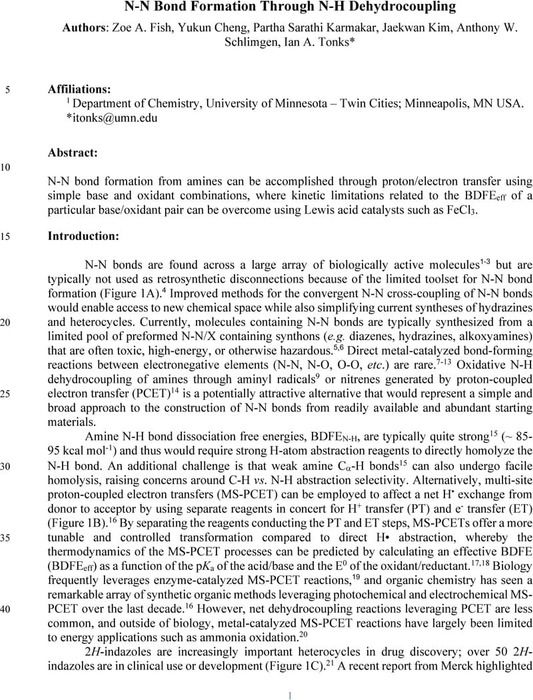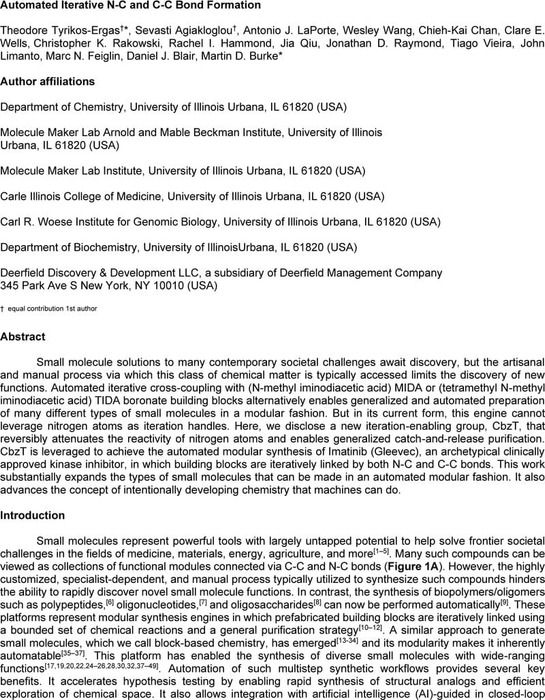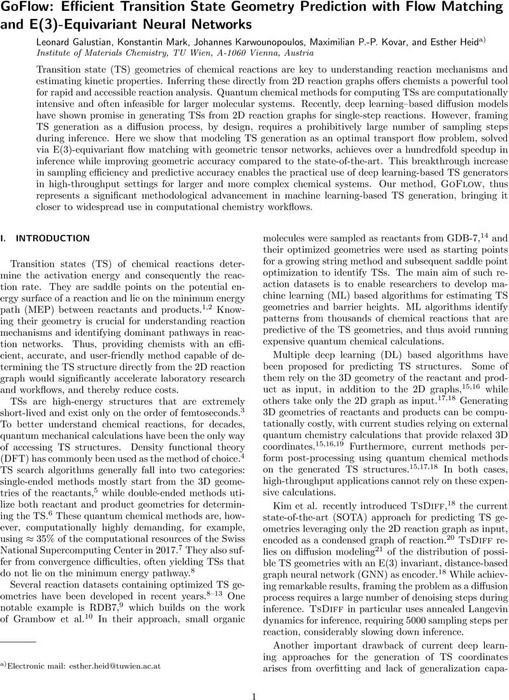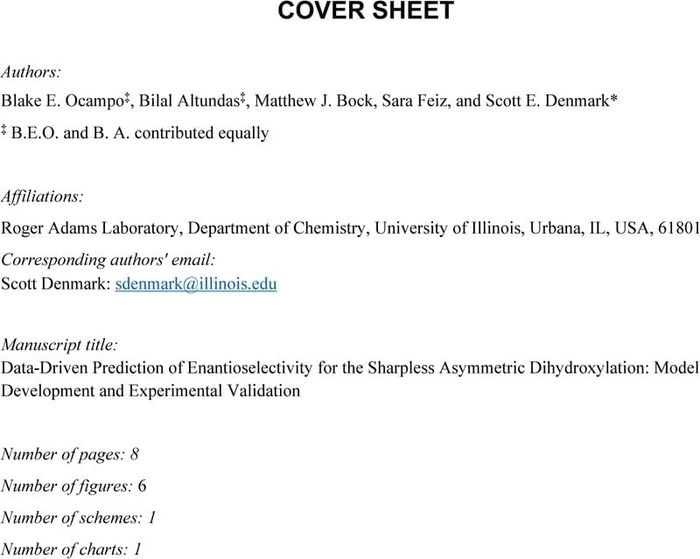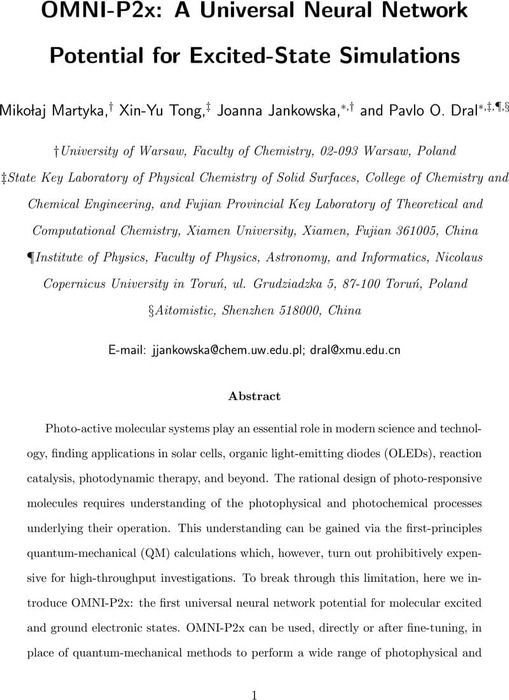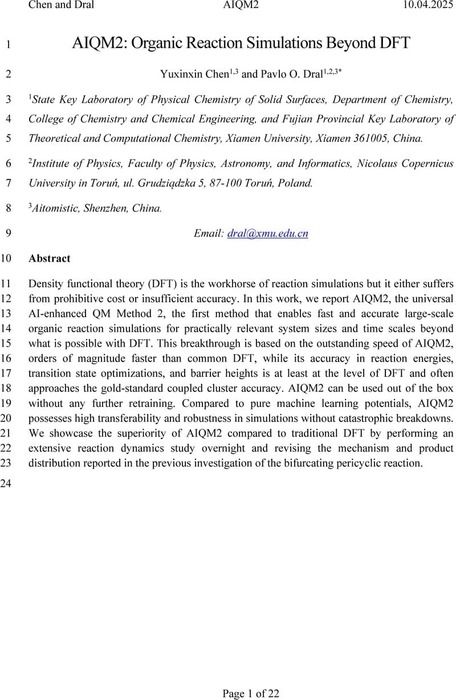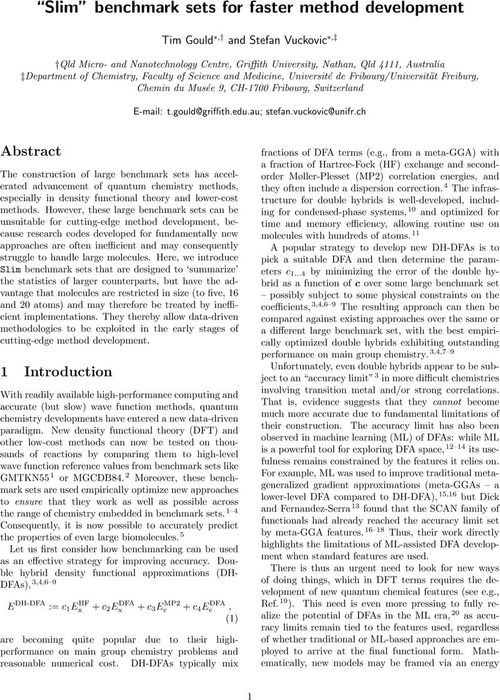#RobSelects paper of the week #J_A_C_S: Reversible carbon-hydrogen activation of benzene and unactivated arenes with a nickel(0)-silylene complex. #orgchem https://doi.org/10.1021/jacs.5c10922
04.08.2025 07:12 — 👍 0 🔁 1 💬 1 📌 0
#RobSelects paper of the week #J_A_C_S: Demonstration of the permanent ferromagnetism of MnBi2 at both 10 K and room temperature. #matchem https://doi.org/10.1021/jacs.5c06874
26.07.2025 13:49 — 👍 1 🔁 0 💬 0 📌 0

mstdn.science
http://mstdn.science is a place for scientists and science enthusiasts to discuss research and topics surrounding our work.
#RobSelects paper of the week #J_A_C_S: Leveraging a 1,3]-hydride shift in alpha-fluoro-diborylalkanes to synthesize cyclopropyl boronic esters. #orgchem [https://doi.org/10.1021/jacs.5c08276
17.07.2025 19:11 — 👍 0 🔁 0 💬 0 📌 0
#RobSelects paper of the week #J_A_C_S: Dirhodium(II)-catalyzed diamination via insertion of rhodium-bound nitrenes into two tetrahedral carbon-hydrogen bonds. #catalysis https://doi.org/10.1021/jacs.5c05969
08.07.2025 19:42 — 👍 0 🔁 0 💬 0 📌 0
#RobSelects paper of the week #angew_chem: Automated procedure for palladium-catalyzed iterative carbon-nitrogen and carbon-carbon cross coupling. #catalysis https://doi.org/10.1002/anie.202509974
01.07.2025 19:59 — 👍 0 🔁 0 💬 0 📌 0
#RobSelects paper of the week #J_A_C_S: Phenanthroline-ligated nickel(I)-alkyl complex reacts rapidly with nitrous oxide at ambient temperature to form alcohols. #catalysis https://doi.org/10.1021/jacs.5c03351
10.06.2025 18:58 — 👍 0 🔁 0 💬 0 📌 0
#RobSelects paper of the week #J_A_C_S: Accelerating the catalytic Mitsunobu reaction by faster water removal as revealed by rigorous kinetic analysis. #catalysis https://doi.org/10.1021/jacs.5c05404
19.05.2025 18:18 — 👍 3 🔁 0 💬 0 📌 0
#RobSelects paper of the week #angew_chem: Base mediated nucleophilic germylation of carbon-carbon double and triple bonds to form carbon-germanium bonds. #inorgchem https://doi.org/10.1002/anie.202506106
12.05.2025 16:26 — 👍 0 🔁 0 💬 0 📌 0
#RobSelects paper of the week #angew_chem: Highly enantioselective Mukaiyama aldol reaction catalyzed by a chiral bidentate iodine(I)-based halogen bond donor catalyst. #catalysis https://doi.org/10.1002/anie.202506476
05.05.2025 11:33 — 👍 1 🔁 0 💬 0 📌 0
#RobSelects paper of the week #JCTC: Implementing computationally efficient and precise second-order derivatives for an equivariant graph neural network architecture for molecules via automatic differentiation. #aichem https://doi.org/10.1021/acs.jctc.4c01790
28.04.2025 08:18 — 👍 1 🔁 0 💬 0 📌 0
#RobSelects paper of the week #J_A_C_S: Detailed investigation of the methyl lactate van der Waals dimers via jet-cooled rotational spectroscopy. #physchem https://doi.org/10.1021/jacs.5c01184
22.04.2025 18:28 — 👍 2 🔁 0 💬 0 📌 0
#RobSelects paper of the week #angew_chem: Probing electrostatic interactions in nucleophilic substitutions through rotation rates in molecular motors with analogous structures. #physorg https://doi.org/10.1002/anie.202505483
14.04.2025 18:30 — 👍 1 🔁 0 💬 0 📌 0
#RobSelects paper of the week #J_A_C_S: Reductive carbon dioxide activation by a dinuclear iron-aluminum complex. #inorgchem https://doi.org/10.1021/jacs.5c00944
07.04.2025 18:22 — 👍 2 🔁 0 💬 0 📌 0
#RobSelects paper of the week #J_A_C_S: Leveraging transfer learning to improve ligand performance prediction in an atroposelective nickel-catalyzed Suzuki-Miyaura cross-coupling. #catalysis https://doi.org/10.1021/jacs.5c00838
01.04.2025 07:43 — 👍 2 🔁 0 💬 0 📌 0

